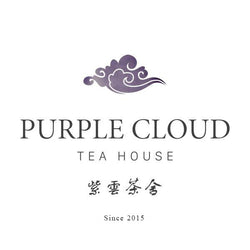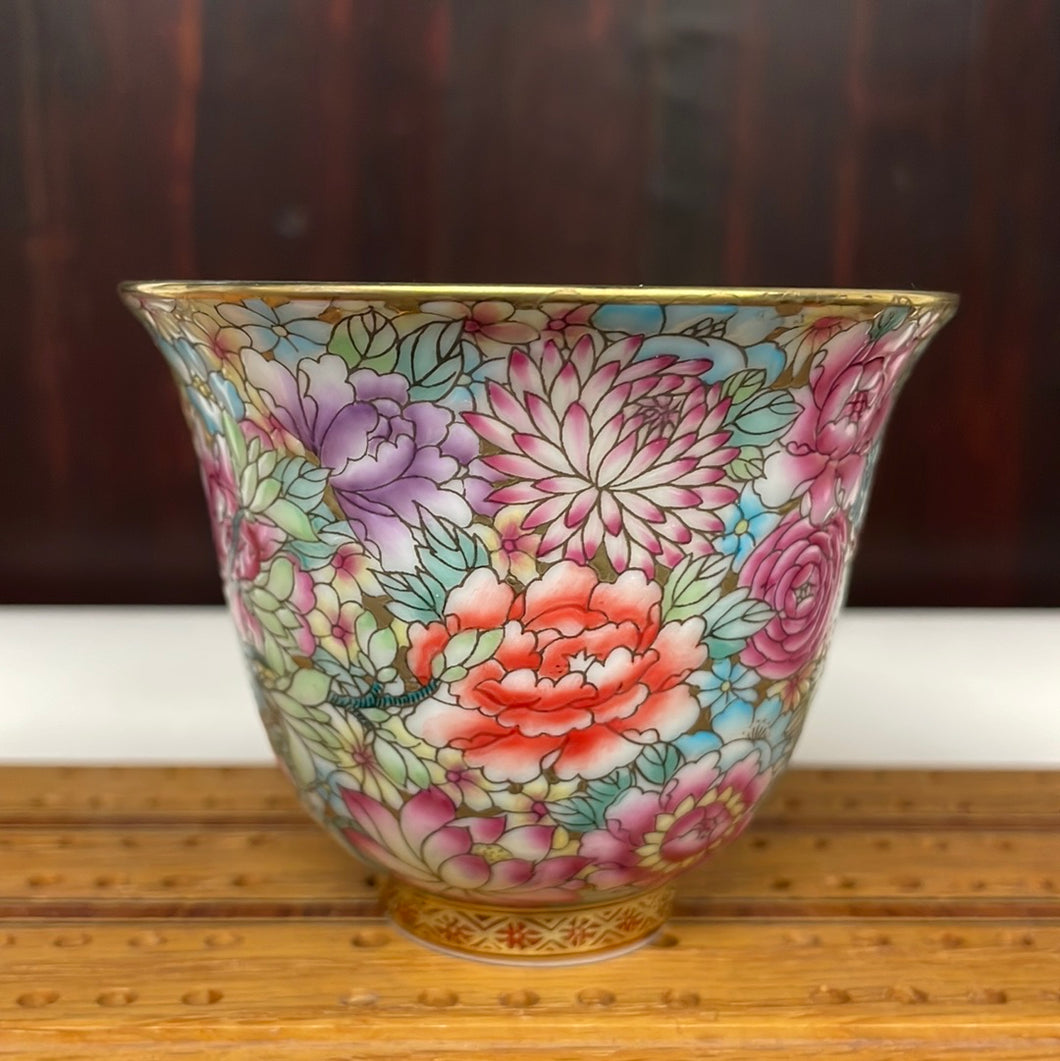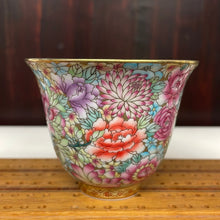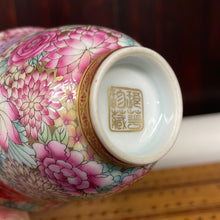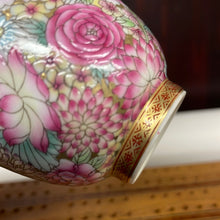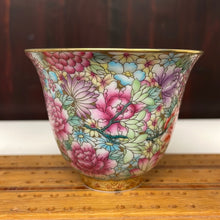Handmade Falangcai 珐琅彩 Enamel Peony Teacup, 85mL
Prix régulier
$279.00
Solde
Region: Jingdezhen
Capacity: 85mL
About Falangcai history: (https://en.thevalue.com/articles/yongzheng-famille-rose-quali-bowls-bonhams)
“Falangcai (珐琅彩), which can be translated as ‘foreign colours’, refers to porcelains painted in the imperial workshops of the Forbidden City in Beijing with enamels partly introduced from the West. The production of Falangcai started in the 35th year of the Kangxi reign, corresponding to 1696. Made exclusively for the imperial court and royal family, falangcai was in limited production due to its high cost.
Falangcai porcelains are among the rarest and most dazzling ceramic wares of the Qing dynasty (1644-1911). They are still highly coveted among collectors and connoisseurs in today market. Some finest examples could fetch up to HK$100m or HK$200m (about US$13m or 25m) at auctions.
Falangcai first appeared in Chinese porcelain in the form of enamelled cloisonné ware. Enamel, which is known in China by the generic name of fa lan, was applied on the surface of a metal-bodied ware. Falangcai porcelain was developed from Falangcai enamelled cloisonné ware.
During the Qing dynasty, most of the imperial ware were fired in kilns in Jingdezhen, an important centre in Jiangxi province. But that’s not the case for falangcai porcelain. The production process was more complicated. The design of Falangcai porcelain was done by court painters whereas the white pottery was picked out from those top-quality ones produced in Jingdezhen. The pottery was then transported to the imperial workshop of the Forbidden City in Beijing. The painting, decoration, colouring and firing were all done in the court by using falangcai enamels imported from the West. The semi-opaque vitreous characteristic of falangcai further enriches the design with different shades of colours, manifesting the multiple layers of paints on falangcai porcelains.
Falangcai was further developed during the Yongzheng reign (1723-1735). Besides importing enamels from the West, the imperial workshop was keen on innovation and was able to synthesize their own enamels domestically. They also had a breakthrough in their firing technique from the experience of working on exported enamels. Therefore, by the 6th year of Yongle, the imperial workshop developed new colours that had not been created with imported enamels.”
